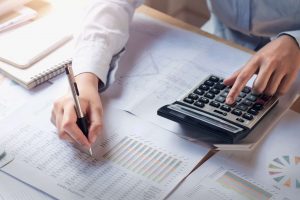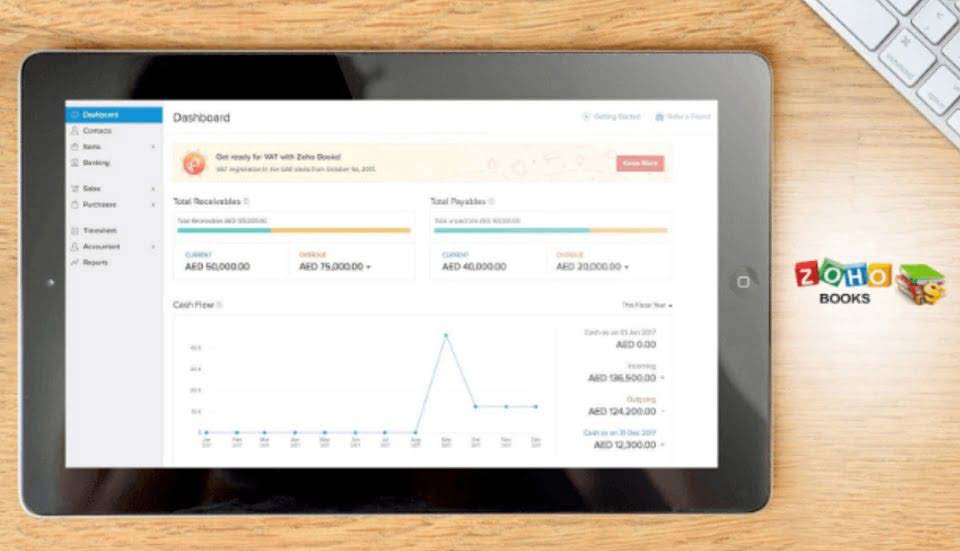How Salvage Value Is Used in Depreciation Calculations
Content

This method is preferred more because it paints a more accurate description of the final salvage costs of the asset, which is not an estimate but the actual value. If you run a business as an entrepreneur, you must know that all your assets start depreciating over time. After your assets like machinery have run their course and are no longer useful, it’s best to sell them. However, since its value has depreciated over time, it will no longer be the same price that you bought it for.

Again, the depreciation which was provided during the effective life of the machinery (in terms of money) actually revolves within the working capital of the company. The cost and installation of the machinery of new come from the bank balance of the company. ABC Company buys an asset for $100,000, and estimates that its salvage value will be $10,000 in five years, when it plans to dispose of the asset. This means that ABC will depreciate $90,000 of the asset cost over five years, leaving $10,000 of the cost remaining at the end of that time. ABC expects to then sell the asset for $10,000, which will eliminate the asset from ABC’s accounting records. If it is too difficult to determine a salvage value, or if the salvage value is expected to be minimal, then it is not necessary to include a salvage value in depreciation calculations.
What happens when there is a change in a depreciable asset’s salvage value?
This means that of the $250,000 the company paid, the company expects to recover $40,000 at the end of the useful life. Get instant access to video lessons taught by experienced investment bankers. Learn financial statement modeling, DCF, M&A, LBO, Comps and Excel shortcuts. Hence, a car with even a couple of miles driven on it tends to lose a significant percentage of its initial value the moment it becomes a “used” car. We’ll assume the useful life of the car is ten years, at which the car is practically worthless by then, i.e. for the sake of simplicity, we’ll set the scrap value as $0 by the end of ten years.
- As a result, the entire cost of the asset used in the business will be charged to depreciation expense during the years of the asset’s expected useful life.
- On the other hand, book value is the value of an asset as it appears on a company’s balance sheet.
- The fraud was perpetrated in an attempt to meet predetermined earnings targets.
- Each year, the depreciation expense is $10,000 and four years have passed, so the accumulated depreciation to date is $40,000.
- So, total depreciation of $45,000 spread across 15 years of useful life gives annual depreciation of $3,000 per year.
- Also known as scrap value or residual value, it’s important for businesses to calculate the value to find the selling price of old assets.
Therefore, the DDB method would record depreciation expenses at (20% x 2) or 40% of the remaining depreciable amount per year. An asset’s depreciable amount is its total accumulated depreciation after all depreciation expense has been recorded, which is also the result of historical cost minus salvage value. The carrying value how to calculate salvage value of an asset as it is being depreciated is its historical cost minus accumulated depreciation to date. An estimated salvage value can be determined for any asset that a company will be depreciating on its books over time. Some companies may choose to always depreciate an asset to $0 because its salvage value is so minimal.
best practices when using salvage values
If you run a business, you will need various machinery like computers, production equipment, workspaces, and more. These objects that you need to run your business will be collectively regarded as your business assets. Now, you are ready to record a depreciation journal entry towards the end of the accounting period. From this, we know that a salvage value is used for determining the value of a good, machinery, or even a company. It is beneficial to the investors who can then use it to assess the right price of a good.
The case outlined below illustrates the impact that salvage value has on the calculation of depreciation expense on real estate assets. Most businesses opt for the straight-line method, which recognizes a uniform depreciation expense over the asset’s useful life. However, you may choose a depreciation method that roughly matches how the item loses value over time. In accounting, an asset’s salvage value is the estimated amount that a company will receive at the end of a plant asset’s useful life.
Relevance and Uses of Salvage Value Formula
The fixed assets are expected to be useful for five years and then be sold for $200k. An asset’s salvage value subtracted from its basis (initial) cost determines the amount to be depreciated. Most businesses utilize the IRS’s Accelerated Cost Recovery System (ACRS) or Modified Accelerated Cost Recovery System (MACRS) methods for this process. Salvage value actually tries to capture the remaining scrap of a particular machine, after its useful life of usage. Most of the time Companies buys new machinery after completion of the effective life of usage and sells the old machine on the basis of its scrap value.

After 10 years, the value of the same machinery is determined to be Rs.10,000. The salvage value is also significant when determining the depreciation schedule. Cash method businesses don’t depreciate assets on their books since they track revenue and expenses as cash comes and goes. However, calculating salvage value helps all companies estimate how much money they can expect to get out of the asset when its useful life expires. Book value (also known as net book value) is the total estimated value that would be received by shareholders in a company if it were to be sold or liquidated at a given moment in time. It calculates total company assets minus intangible assets and liabilities.


